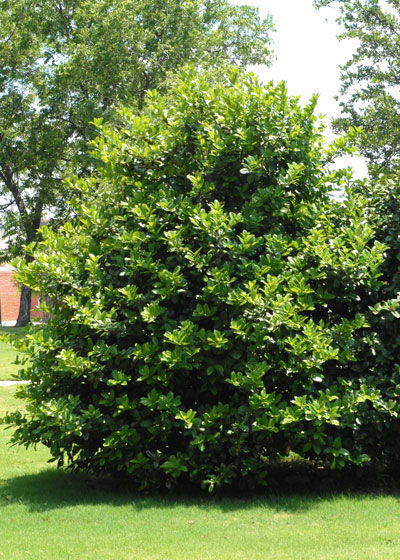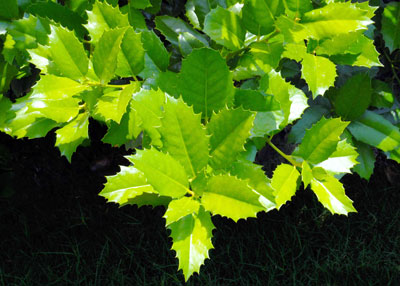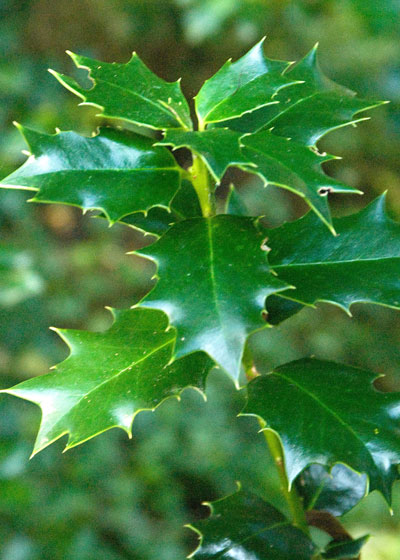Mary Nell Holly for tall privacy screens
I started work as Dallas County Extension Horticulturist in September 1970. Within days nurseryman Steve Dodd of Dodd’s Garden Center became my good friend. He was from the world-famous Dodd Nursery family of Semmes, Alabama. Somehow, he had ended up in Texas.
Steve’s housewarming gift to Lynn and me was a tree-form Nellie R. Stevens holly that his brother Tom had raised. “We’re all holly freaks,” he said.

And so, when I was doing my homework on Mary Nell hollies just now, it didn’t surprise me to see that it was selected and named by Tom Dodd Nurseries in 1981, having been bred by Joe C. McDaniel in 1962. It’s the result of a 3-way cross between Ilex cornuta ‘Burfordii’ x I. perneyi ‘Red Delight’ x I. latifolia.

Mary Nell hollies grow to be 15 to 20 feet tall and 12 to 15 feet wide in a thick, pyramidal form. They are tolerant of sun and shade, and they do well in almost any deep, moist soil.
As are most hollies, Mary Nells are evergreen. Their glossy deep green leaves have multiple, non-threatening spines along their margins.
As the plants gain size and maturity they will start to produce fruit. The bright red berries persist all winter and are a huge bonus to an already handsome landscaping shrub.
Mary Nell hollies are available in Texas nurseries in all sizes of containers. It’s best to space the plants 8 or 9 feet apart if you expect them to serve as a privacy screen. And, if privacy is an immediate concern, you will save about a year of growth for each upgrade of pot size you make at the time of purchase.
You don’t really want shrubs that grow rapidly as your privacy screen because they would require constant pruning to keep them in bounds. That would make Mary Nell hollies (and Nellie R. Stevens hollies) ideal choices anytime you need a screen taller than 10 or 12 feet tall.
Note: Hollies do not wilt when they are getting precariously dry. For the first two years that you have your new hollies water them by hand. Sprinkler irrigation alone will not be sufficient. This is the perfect place to use the water bubbler I’ve featured in another story this issue.


And, another note: Almost before my Mary Nell hollies had taken root in the Sperry landscape back in the ‘80s, I saw a big collection of “Seedlings of Mary Nell Holly” at a nursery trade show. That list includes well known open-pollinated hybrids known collectively as the “Red Hollies,” such as Cardinal, Festive, Little Red, Oak Leaf and Robin. Oakland holly is a sport (mutation) of Oak Leaf, so indirectly, it too is a child of Mary Nell.
